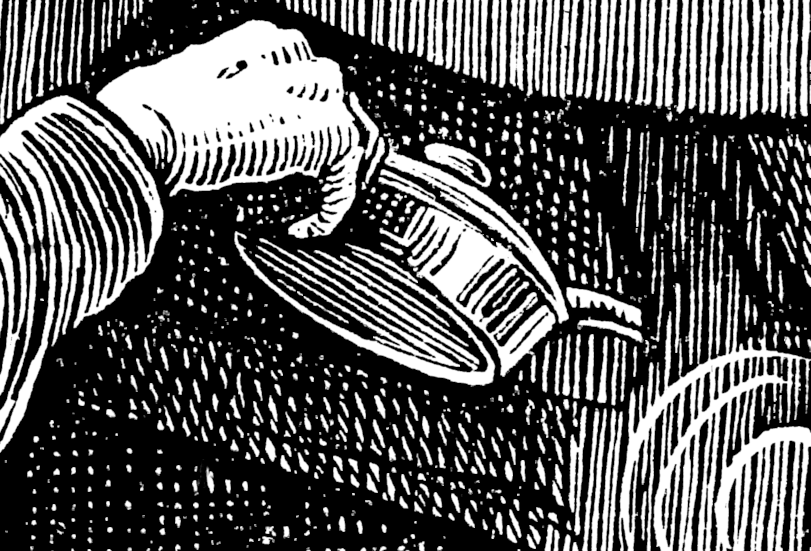XSLT 3, fn:transform() and XProc
Which, when, why.
Liam Quin
Delightful Computing
Goals
Re-evaluate: what can
Oil the Machine

Run XSLT
- fn:transform() inspired this talk.
- You can invoke another stylesheet from within
XSLT . - The result is returned in a map.
- fn:transform() changes the scope of XSLT.
- Now you can use XSLT to coordinate groups of external transformations.
Why XSLT ?
- An XSLT-only consulting client needed EPUB3 generation;
- Fewer tools, processes, languages, technologies.
Become the Machine
Gears © Animale38 by permission
Areas
- Run
XSLT (obvious, but…) - Validation…
- Queries…
- External processes…
- Zip,
EPUB , EXP ath - Reading/writing
- Inclusions, Exclusions, Conclusions
Validation
There’s no version of fn:document() that has options like whether to
do
Queries
There’s no fn:query() in XSLT as standard, although there’s saxon:query(). p:query is also an optional step in XProc.
External Commands
Again optional in XProc.
XSLT that runs Perl
<xsl:message xmlns:system="java:java.lang.Runtime?void=this">
<xsl:value-of select=" (
system:exec(system:getRuntime(), '/bin/perl -f /tmp/insecure.pl', ()),
''
)[2] " />
<xsl:value-of select="doc('/tmp/out.xml')//text()" />Zip, EPUB , EXP ath
Read/write binary content and process Zip-format archives with
the E
Updating a ZIP archive
<xsl:variable name="archive" as="xs:base64Binary"
select="archive:update(
$emptyarchive,
$alternatingvalues[(position() mod 2) eq 1],
$alternatingvalues[(position() mod 2) eq 0]
) " />
<xsl:value-of select="( file:create-dir($dirname),
file:write-binary($outputfilename, $archive) )[1] "/>Writing Restriction
- XSLT 2 introduced xsl:result-document
- Can’t read from a
URL you’ve written to. - fn:transform() returns a map containing not-actually-written documents, and also can call a function for each resource.
Mitigation of Restriction
- The restriction doesn’t aply to file:read(), file:write(),
file:write(fn:serialize($node))etc. - You can “catch” the documents written by a called stylesheet and write them out with file:write().
Strategy
- Replace each XProc step with an XSLT function;
- Sequence replaced by nested function calls:
step1 → step2 → step3can be rewritten as:
step3( step2( step1() ) )Complications
- Conditional operations and variables;
- Catching written resources;
- Multiple copies and flows.
The Wider Context

Is it a good idea?
- Performance
- Memory and Streaming
- Contorted plumbing
- Awesomeness of Saxon
- Relation to EXPath Tasks
Questions

